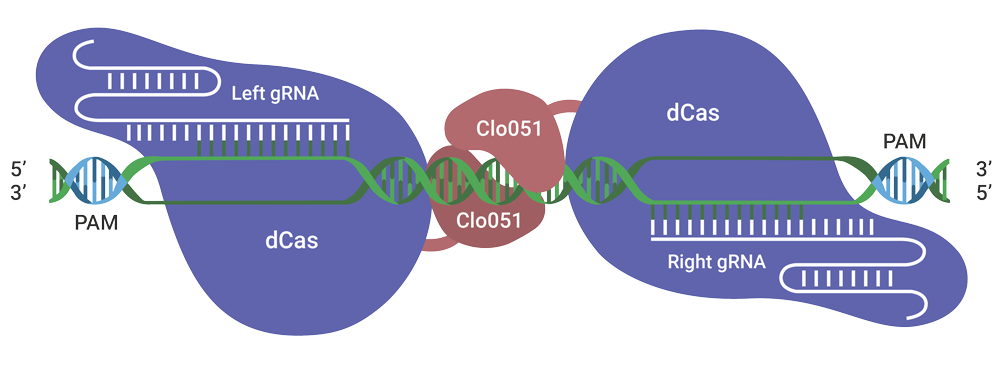
Gene editing technologies allow researchers to alter genes or modulate their functions to see how doing so can benefit human health. These cell lines help researchers understand how genes affect disease development. Using these cell lines, researchers can better understand what causes diseases and how best to treat them.
Where are Engineered Cell Lines Used?
Many people know that engineered cell lines are used in research for developing new drugs. However, they have many other purposes. The cell lines might be used to learn more about a disease. Scientists use cell lines to learn how a mutation impacts a person's response to the drug or why they resist the medication. The cell lines are altered to contain these physiological mutations so researchers can study them.
The researchers may try different medicines to see their impact on the mutation and learn more about drug responsiveness. When researchers can identify mechanisms that play a role in drug responsiveness, they learn more about target identification and validation. With this information, researchers can better choose patients for clinical trials to make them more efficient and effective.
Why Use Cell Lines?
The average person might not understand why cell lines are needed. Because they are easy to propagate, researchers have an unlimited supply of material to conduct studies and learn more about diseases. They can be used for high-throughput analyses, and researchers can easily test countless drug combinations because they never run out of materials. Numerous cell lines have been thoroughly characterized, so researchers know more about cancer mutations. These lines share similar chromosomal gain and loss patterns and more.
Researchers benefit greatly when they have access to these cell lines. They can use them ethically to evaluate cancer drug regime responses before they are tested in humans. The cell lines allow them to see how a human will respond to the drugs and how different regimes alter the cancer's properties. The researchers look at how subsets respond. They ensure the cell lines cover the genetic and epigenetic variations of the cancer they are studying, and they can revalidate the cell lines with the help of genotyping technology such as an SNP panel.
Extensive animal studies are no longer feasible for several reasons. Many treatments today use combinations of drugs and antibodies, and there aren't enough animals to test these combinations. Newer technologies, including 3D and better culture conditions, allow in vitro conditions to closely mimic in vivo conditions.
Thanks to newer approaches, in vitro toxicology testing has also improved in recent years. One approach is hiPSCs. Scientists can also modify genes with the help of CRISPR and related techniques. Their use increases the efficiency of target validation and mechanistic studies.
Treatment responses on stem cell populations are being examined, with the goal of moving away from treatments that focus on temporarily inhibiting the growth of tumors and reducing their bulk to treatments that target stem cells. These advancements enhance the value of these cell lines as they help researchers discover and develop new drugs.
Gene editing is a rapidly advancing field with direct therapeutic benefits. Researchers learn more about diseases and how best to treat them without using humans or animals for testing. They can ensure the safety and efficacy of each treatment option before proceeding further into the testing process. With the help of gene editing, certain diseases may soon be a thing of the past.





